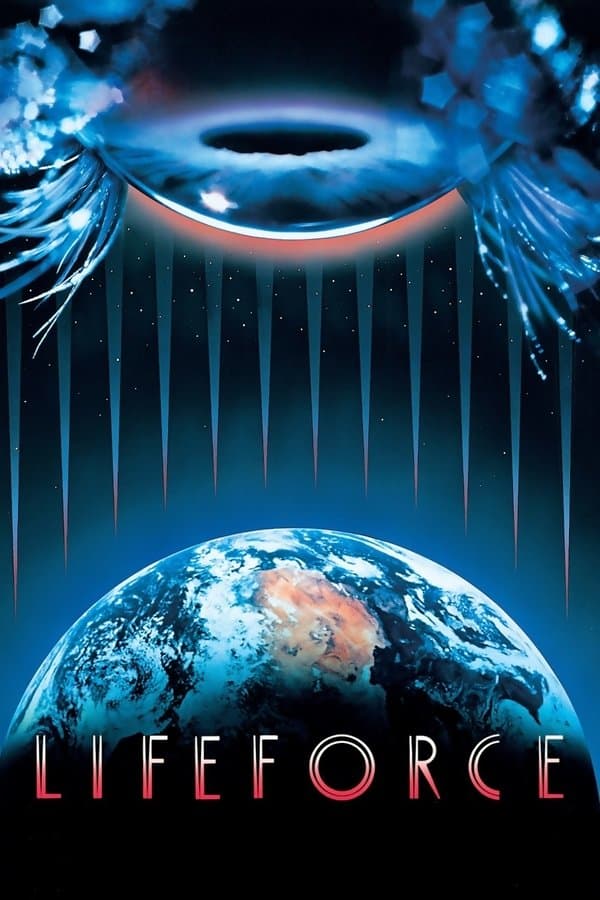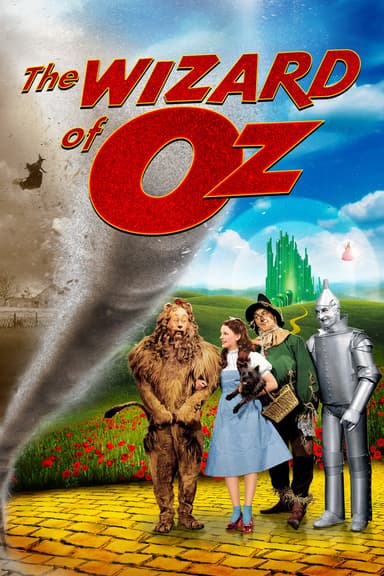
Lifeforce
1985 • Action, Horror, Mystery, Science Fiction • R
A race of space vampires arrives in London and infects the populace, commencing an apocalyptic descent into chaos.
Runtime: 1h 42m
Why you should read the novel
Reading 'The Space Vampires' offers a thought-provoking experience that simply can't be captured on screen. The novel immerses readers in philosophical questions about human desire, morality, and the nature of life itself—elements that are glossed over in the action-heavy adaptation. Colin Wilson's unique voice and narrative style encourage readers to contemplate timeless themes in ways that extend far beyond mere monster excitement.
Where the movie opts for spectacle, the book provides psychological depth and philosophical inquiry, delving into the motivations and existential implications of the vampiric beings. Readers are treated to richly drawn characters and a slow-building sense of dread that lingers long after the final page. The original text invites you to engage with cosmic horror on an intellectual level, engaging your imagination fully.
Choosing the novel over the film means encountering a masterpiece of speculative fiction that rewards careful reading. 'The Space Vampires' is not just a tale of alien invaders—it is a meditation on what it means to be human, all wrapped in a gripping and unpredictable plot. For a deeper understanding of the story's true existential terror, the book is the essential choice.
Adaptation differences
One significant difference lies in the tone and focus of the narrative. While 'The Space Vampires' by Colin Wilson delves deeply into philosophical musings, psychological horror, and questions of morality, the film 'Lifeforce' transforms the story into a spectacle-driven, apocalyptic thriller. The adaptation prioritizes visual horror and sensational effects over the contemplative narrative style of the original novel.
The setting and plot structure are also notably altered. In the book, the action unfolds primarily on Earth and centers on the psychological and spiritual struggles faced by the protagonist, Carlsen. The movie, however, introduces a more elaborate and catastrophic scale, featuring widespread chaos in London and a far more extensive depiction of vampiric plague scenes and mass destruction not present in the novel.
Characterization is another area of divergence. Colin Wilson’s characters are nuanced and introspective, particularly Carlsen, whose inner conflicts are pivotal to the book’s philosophical explorations. The film adaptation simplifies many characters, making them vehicles for the action and horror sequences rather than vessels for the existential questions posed in the source material.
Finally, the nature and origins of the 'space vampires' themselves differ between versions. Wilson’s novel presents them as ancient entities who metaphysically feed on life force, sparking discussions on evolution, consciousness, and the soul. The film, by contrast, offers a more straightforward science fiction explanation with explicit, seductive aliens in visually dramatic forms, stripping away much of the ambiguity and mystique that give the novel its intellectual power.
Lifeforce inspired from
The Space Vampires
by Colin Wilson



